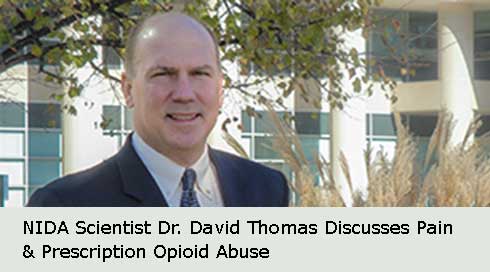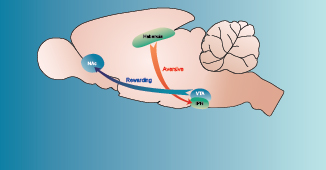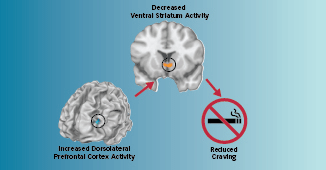In This Section
Keep up to date on research advances in the prevention and treatment of drug abuse and AIDS with NIDA’s newsletter NIDA Notes.
Featured Articles
-
Researchers report a significant advance in the search for medications that can suppress pain that currently requires opioids, but avoid opioids’ abuse potential and other undesirable CNS effects. A new compound reduces mouse responses in animal models of neurogenic and chronic inflammatory (e.g., arthritic) pain. The compound, called UB937, enhances the natural pain-killing activity of the neurotransmitter anandamide, and exerts its analgesic effects entirely in peripheral tissues, without entering the brain.
-
New vaccines aim to promote recovery from cocaine and heroin abuse showed promise in animal testing. Both vaccines induced rats’ immune system to produce high titers of antibodies that inhibit the target drug from reaching the brain. The rats’ behaviors when given access to the target drug indicated that the vaccines reduced the reinforcing effects that, in recovering people, can cause lapses to turn into relapses.
Updates
-
Fewer than 12 percent of adolescents who meet diagnostic criteria for prescription opioid abuse or dependence receive any treatment, according to an analysis of data from the 2005 to 2008 National Survey on Drug Use and Health. The most common reason the adolescents gave for not receiving treatment was their lack of perceived need for it.
Director's Perspective
-
NIDA researchers have developed a computer program that motivates and encourages treatment-seeking when an individual is in a primary care physician’s waiting room. Users of the program, called Video Doctor, enter information on a portable device and receive feedback about health risks related to their drug abuse, along with advice, immediately prior to seeing their physician.
Only 15 percent of people who need drug abuse treatment seek help, in part because it is difficult to take the first step.
Graphic Evidence
-
 Ninety percent of privately funded substance abuse treatment programs in the United States offer cognitive behavioral therapy (CBT)...
Ninety percent of privately funded substance abuse treatment programs in the United States offer cognitive behavioral therapy (CBT)...
NIDA at Work
-
NIDA Program Officer Dr. David Thomas speaks about the intertwined problems of pain and prescription opioid abuse, as well as the research supported by NIDA and the National Institutes of Health to address these problems.
Bulletin Board
-
The NIDA-supported Good Behavior Game recently was honored with the 2012 Mentor International Best Practice Award. The game, which focuses on reducing disruptive behaviors in elementary school classrooms, has been shown to prevent drug abuse and other problems in adolescence and young adulthood.










